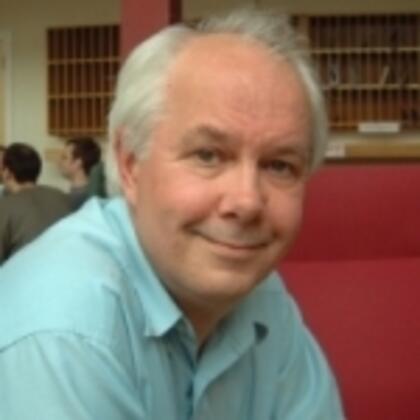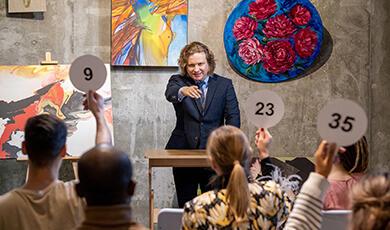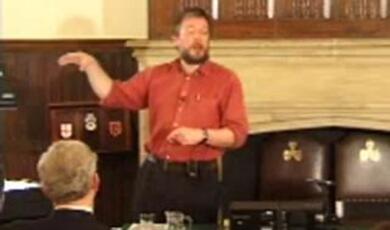Fuzzy Logic
Share
- Details
- Transcript
- Audio
- Downloads
- Extra Reading
Ordinary logic is binary: a statement is either true or false, but it can’t be in between. ‘Fuzzy Logic’, in contrast, is an attempt to offer any possibility of half-truth between the strict true or false values of binary logic. What follows from this form of logic? Does it apply to the real world? What is the mathematics behind it?
Download Transcript
This event was on Thu, 16 Mar 1995
Support Gresham
Gresham College has offered an outstanding education to the public free of charge for over 400 years. Today, Gresham plays an important role in fostering a love of learning and a greater understanding of ourselves and the world around us. Your donation will help to widen our reach and to broaden our audience, allowing more people to benefit from a high-quality education from some of the brightest minds.


 Login
Login







